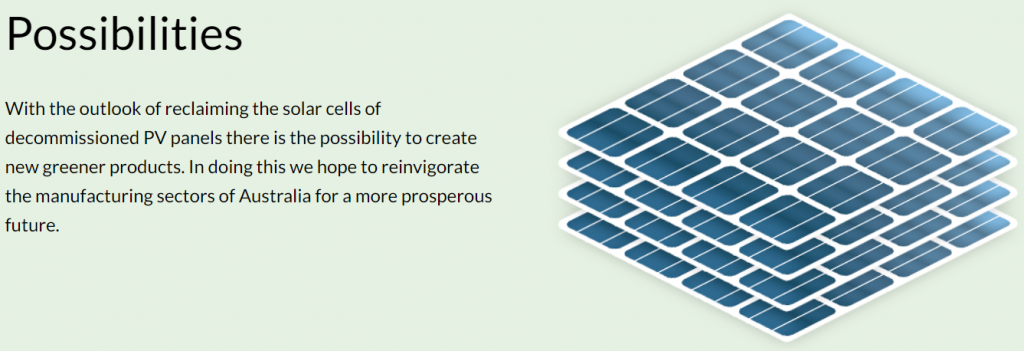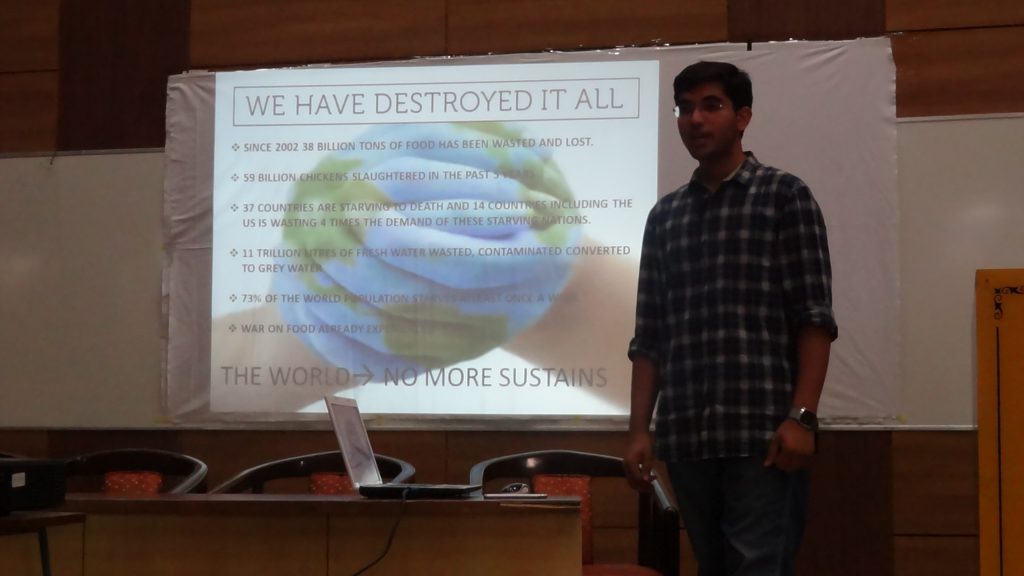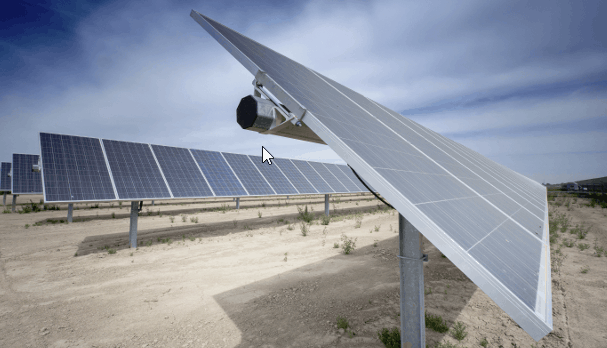A press release from the Queensland Government notes that Bundaberg is now the rooftop solar capital of Australia. Let’s read more into solar power in north Queensland.
Bundaberg is the rooftop solar capital of Australia.
On the back of the Clean Energy Council report released today, Energy Minister Dr Anthony Lynham praised Queensland for its rapid update in solar power compared to the rest of Australia:
“Queensland fills six of the top 10 rooftop solar postcodes in Australia, by number of installations.
“And sitting at the top is Bundaberg with 12,620 installations with a capacity of 47,500kW.
“In fact, Queensland has four of the top five places with Hervey Bay at No 3, Caloundra at No 4 and Toowoomba at No 5,’’ Dr Lynham said.
Queensland’s $2b Affordable Energy Plan means that the state now has the lowest ‘typical’ household power bill of the mainland states, according to a separate press release on Dr Lynham’s site.
North Queensland solar is going really well at the moment, with the government trialling grants for landlords to install solar in Bundaberg, Gladstone and Townsville.
“Bundaberg people are embracing the financial and environmental benefits of solar,’’ Dr Lynham said.
“Queensland is leading the way on renewables as the Palaszczuk Government heads towards its target of 50 per cent renewable energy by 2030.
“Palaszczuk Government initiatives, encouraging the take-up of rooftop solar and batteries and creating an environment that has been embraced by the solar industry across the state, particularly in regional areas, is paying dividends across-the-board for Queenslanders.
“In Bundaberg seven applications for the Queensland Government’s solar-only loan package have been approved and a further 35 applications for battery assistance packages also have been approved.’’ Dr Lynham continued.

Media enquiries: David Potter 0428 411 617




